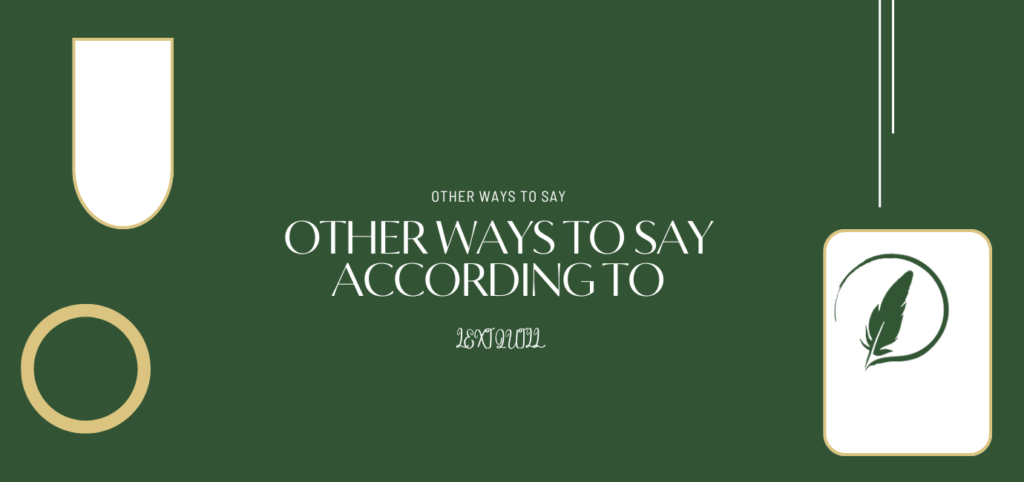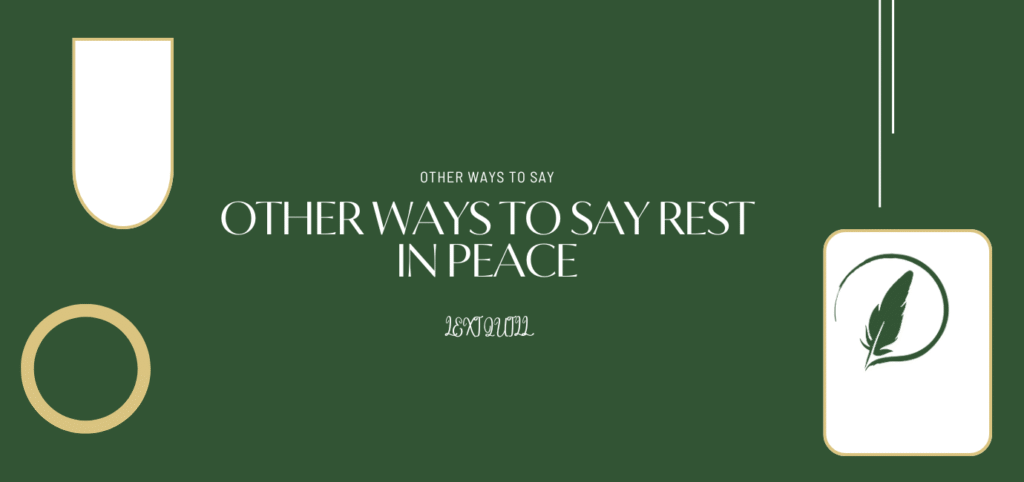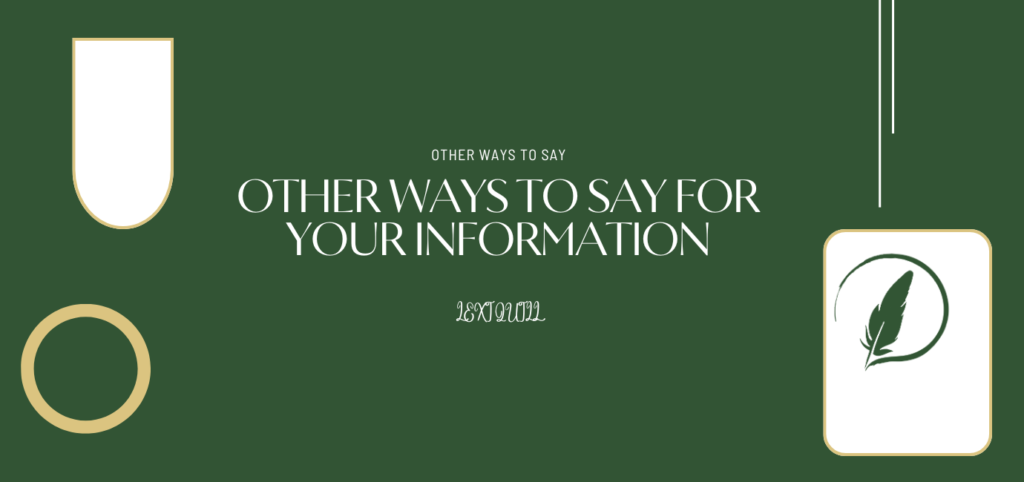In today’s competitive workplace, how you communicate can greatly influence your professional image and career success. Whether you’re writing an email, giving a presentation, or engaging with colleagues, using polished and appropriate language makes a lasting impression. One common phrase many people use to express positive feelings is “I’m happy.” But how do you professionally say “I’m happy” in business settings to convey enthusiasm, satisfaction, or approval with nuance and clarity?
In this article, we’ll explore practical and professional alternatives to the everyday phrase “I’m happy.” By expanding your vocabulary with business synonyms and professional synonyms for “I’m happy,” you’ll be better equipped to express yourself clearly and confidently in various workplace scenarios.
Why Finding Professional Synonyms for “I’m Happy” Matters
Before diving into alternatives, it’s important to understand why refining how you express happiness matters professionally. Using the phrase “I’m happy” is simple and clear but can sometimes come across as casual or vague in formal business contexts. Employing professional synonyms:
- Enhances your credibility and authority
- Shows emotional intelligence by tailoring tone to context
- Improves clarity and impact in communication
- Helps build stronger workplace relationships through thoughtful expression
Now, let’s explore some polished, nuanced ways to express “I’m happy” professionally.
Option 1: “I’m Pleased” — A Polished Expression of Satisfaction
The phrase “I’m pleased” is a classic professional synonym for “I’m happy” that conveys satisfaction and approval in a respectful, formal tone.
When to Use It
Use “I’m pleased” when acknowledging good news, successful project outcomes, or positive developments in formal emails, reports, or meetings. It strikes the right balance between warmth and professionalism.
Example
“I’m pleased with the progress our team has made on the client proposal.”
This alternative works well in communications with supervisors, clients, or stakeholders who expect a polished tone.
Option 2: “I’m Delighted” — Expressing Enthusiastic Happiness
“I’m delighted” elevates the expression of happiness to a more enthusiastic and warm level, while still maintaining professionalism.
When to Use It
This phrase fits well in situations where you want to convey genuine pleasure or excitement, such as welcoming a new team member, announcing successful collaboration, or expressing gratitude.
Example
“I’m delighted to announce that we have secured the partnership agreement.”
It’s ideal for presentations, official announcements, or correspondence that requires a positive yet professional tone.
Option 3: “I’m Thrilled” — Showing Strong Positive Emotion
“I’m thrilled” communicates a higher intensity of happiness and excitement, making it useful for particularly positive or celebratory moments.
When to Use It
Use “I’m thrilled” when sharing major wins, new opportunities, or personal career achievements. This phrase is more informal than “I’m delighted” but still appropriate in many professional settings.
Example
“I’m thrilled to be joining the team and looking forward to contributing to our success.”
This is suitable for introductory meetings, networking, or more relaxed business environments.
Option 4: “I’m Satisfied” — Conveying Contentment with Outcomes
While “satisfied” is slightly more restrained, it clearly communicates that expectations have been met or exceeded.
When to Use It
Ideal for performance reviews, feedback sessions, or status updates where you want to convey approval without excessive enthusiasm.
Example
“I’m satisfied with the quality of the deliverables submitted this quarter.”
This phrase is useful for internal communications and formal evaluations.
Option 5: “I Appreciate” — Highlighting Gratitude Alongside Happiness
Though not a direct synonym, “I appreciate” is a professional way to express happiness with someone’s effort or outcome by highlighting gratitude.
When to Use It
Use “I appreciate” to acknowledge contributions or support, often making the communication more personal and sincere.
Example
“I appreciate the hard work you’ve put into the project and am happy with the results.”
This phrase works well in team settings, client communications, and leadership feedback.
Option 6: “I’m Content” — A Calm and Balanced Alternative
“I’m content” conveys a steady, calm form of happiness or satisfaction, often used in reflective or decision-making contexts.
When to Use It
Best used when expressing acceptance or comfort with a situation or outcome in strategic meetings or negotiations.
Example
“I’m content with the terms outlined in the contract.”
It’s a subtle yet effective way to express positive feelings without overstatement.
Option 7: “It’s a Pleasure” — Polite and Warm Expression
“It’s a pleasure” is an elegant phrase that expresses happiness related to experience, interaction, or collaboration.
When to Use It
Use it to respond politely in meetings, introductions, or email sign-offs to express happiness about working with others.
Example
“It’s a pleasure to collaborate with such a dedicated team.”
This phrase adds a professional yet warm tone to communications.
Why Professional Language Matters in Expressing Happiness
Choosing the right professional synonym for “I’m happy” improves your communication effectiveness. It reflects emotional intelligence and adaptability to different business contexts. Using varied expressions helps avoid repetition, keeps conversations engaging, and signals your attentiveness to tone—important factors in building trust and credibility.
Final Thoughts:
Mastering professional alternatives to the common phrase “I’m happy” is a simple yet powerful way to improve your workplace communication. Whether you choose “I’m pleased,” “I’m delighted,” or “It’s a pleasure,” each phrase offers a nuanced way to express positivity that fits specific business contexts.
By incorporating these business synonyms and professional synonyms for “I’m happy” into your vocabulary, you’ll enhance your clarity, build stronger relationships, and present yourself as a confident communicator. Start using these alternatives today to elevate your professional presence and make your positive sentiments resonate with greater impact.








